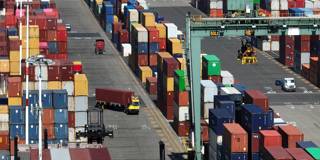
America’s Deficit Attention Disorder
Donald Trump and his fellow Republicans are making a big mistake by obsessing over the trade deficit. A far more pressing problem, which neither the GOP nor the Democrats care to address, is the US government’s budget deficit and the rapid accumulation of debts that future generations must repay.
BERKELEY – Donald Trump wrongly believes that America’s trade deficit is an urgent economic problem. Worse, his preferred corrective – wide-ranging import tariffs – would damage the US and world economies, all while diverting attention from the US deficit that actually does matter.